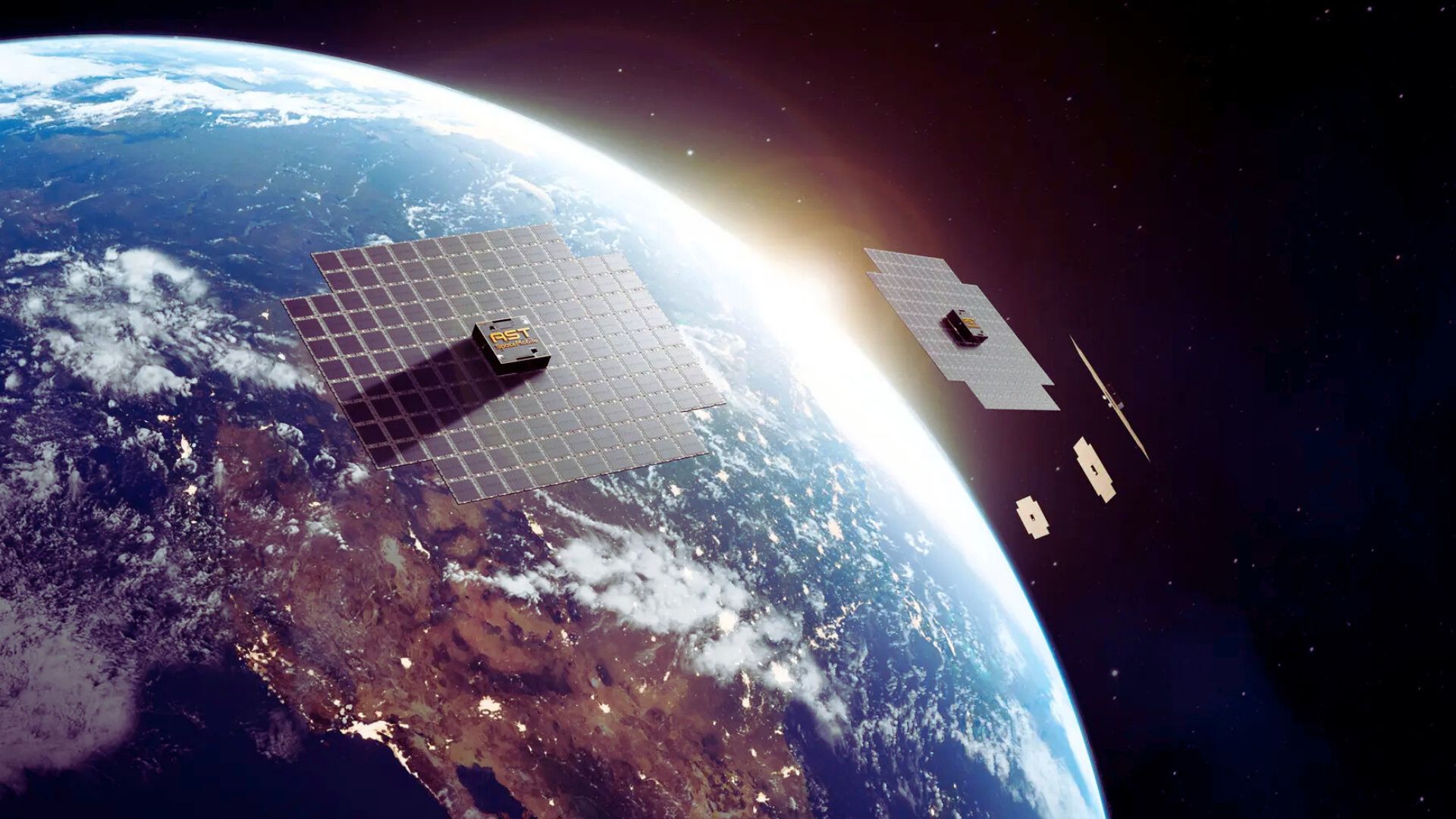Breaking Ground: AST SpaceMobile’s Bold Leap into Space-Based Cellular Revolution
As a technology reporter covering the frontier of space communications, I’ve witnessed a groundbreaking development that could reshape how we stay connected globally.
AST SpaceMobile (NASDAQ: ASTS) has just announced a game-changing series of launch agreements that will bring continuous space-based cellular coverage to major markets worldwide.
The big news dropped on November 14, 2024, when the company revealed its ambitious plans to launch about 60 next-generation satellites. These aren’t your typical satellites—they’re the Block 2 BlueBirds, set to be the largest commercial communications arrays ever sent into low Earth orbit.
Here’s what makes this story exciting: These new satellites pack a serious punch. Each Block 2 BlueBird can deliver 10 times more bandwidth than current satellites in orbit. Think about scrolling through social media or streaming videos directly through a satellite connection on your regular smartphone—no special equipment needed.
The Space Force Station in Cape Canaveral, Florida, will host the launch campaign in 2025 and 2026. Blue Origin’s New Glenn rocket will play a starring role alongside other launch vehicles. The New Glenn’s massive seven-meter fairing makes it perfect for the job, able to carry up to 8 Bluebird satellites per launch.
But there’s more to this story than just impressive hardware. AST SpaceMobile has built powerful partnerships with major players in the mobile industry. AT&T, Verizon, Google, and Vodafone have committed to strategic investments in 2024. The company now has agreements with over 45 mobile network operators worldwide, reaching a potential customer base of 2.8 billion subscribers.
The financial markets are watching closely. While the company reported wider losses than expected—$1.10 per share compared to last year’s 23 cents—investors seem more focused on the long-term potential. The stock has seen an impressive 343% rise this year, though it did take a 14% hit after the recent earnings report.
What sets this project apart is its ambitious goal: providing cellular coverage to areas that traditional networks can’t reach. With over 5,600 coverage cells, the Block 2 BlueBirds aim to cover approximately 100% of the U.S. Each satellite can support speeds up to 120 Mbps, enough for voice calls, data, and video.
Scott Wisniewski, President of AST SpaceMobile, puts it simply: “We have now contractually secured orbital launch capacity during 2025 and 2026 to enable continuous cellular broadband service coverage of the AST SpaceMobile network.”
This development has the potential to eliminate dead zones in the future. Whether you’re in downtown Tokyo or the middle of the ocean, your phone could stay connected through these space-based cell towers.
For those tracking the space industry, this move positions AST SpaceMobile as a serious player in the growing satellite communications market, competing with established names like SpaceX’s Starlink while carving out its own unique niche in direct-to-smartphone connectivity.
The road ahead isn’t without challenges, but with secured launch agreements, major partnerships, and cutting-edge technology, AST SpaceMobile seems poised to turn this ambitious vision into reality. We’ll be watching closely as these massive satellites take to the skies, potentially ushering in a new era of global connectivity.
